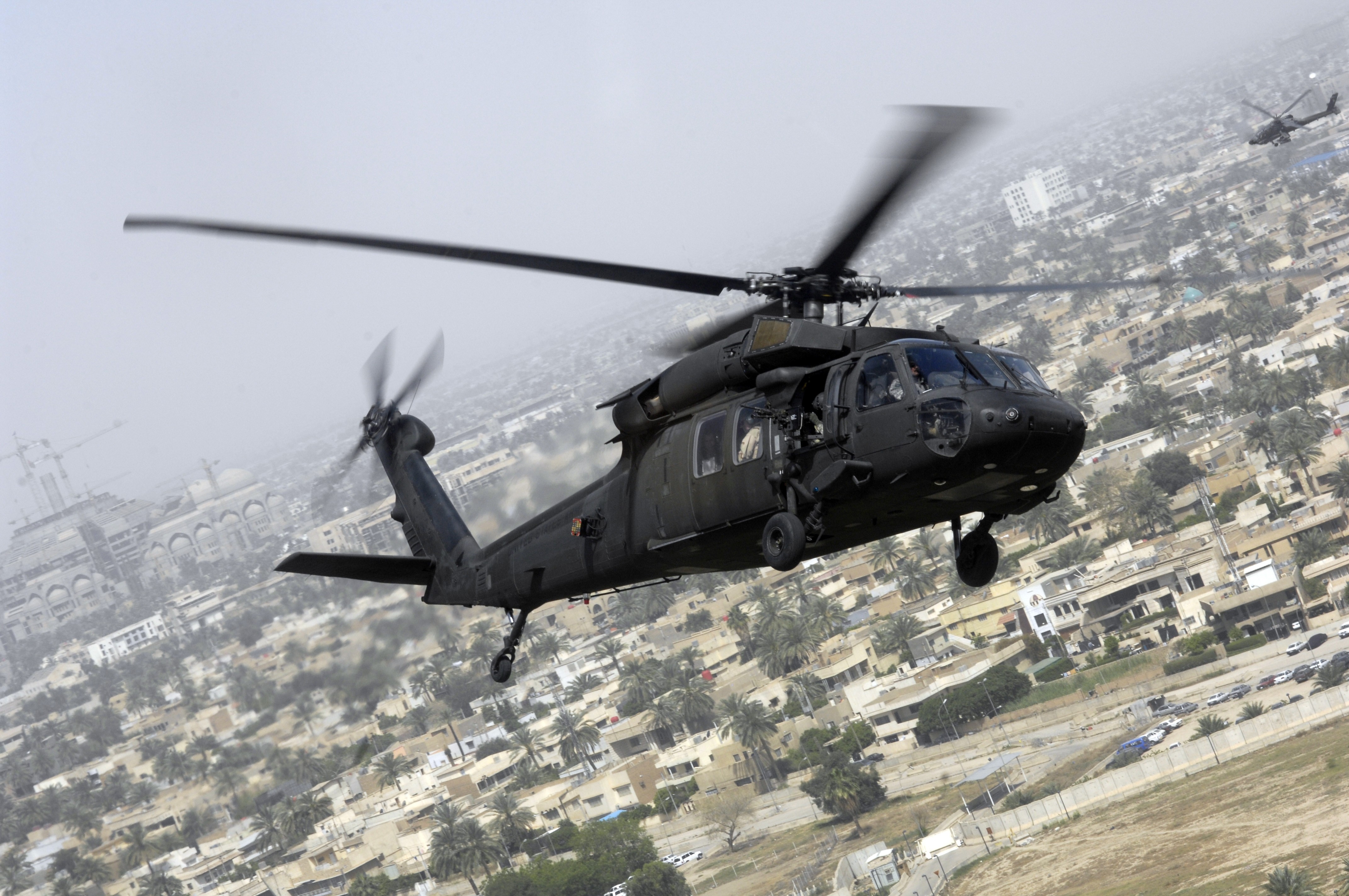
Building Better Hawks: Evolution in Helicopter Manufacturing
Step inside the Sikorsky factory on the west bank of the Housatonic River in Stratford, Connecticut, and you’ll witness hundreds of skilled technicians assembling the third-generation UH-60M Black Hawk.
Sikorsky produces two versions of the Black Hawk for the U.S. Army today: the UH-60M for troop transport and HH-60M for medical evacuation.
“From the outside, the basic UH-60M Mike air vehicle looks like the Black Hawk that we started producing in 1978, but on the inside essentially everything has changed, including the main rotor blades and aircraft structure,” said Hanke, who was once the UH-60M program manager. The method of production has evolved as well.
“We have a monolithic airframe that is produced from one piece of metal using high-speed machined parts, which takes less time to build, has a lot fewer parts, and has a corrosion treatment,” said Hanke. “We simplified the construction and reduced the weight as a consequence.”

The use of monolithic components eliminated about 2,200 parts from the original cabin and introduced tighter tolerances. Additionally, a composite folding stabilator reduced the parts count by more than 60 percent and eliminated 1,400 fasteners.
The launch of UH-60M production coincided with the introduction of a new computer-based manufacturing system.
“The computerized system allowed us to capture a lot more statistics regarding the work we’re doing and how it was being done,” said Hanke. This digital factory also made it easier for Sikorsky to update manufacturing processes based on data analysis.
Today, there are eight people at each of the six positions on two final assembly lines, working one of three eight-hour shifts each day. This results in a production time of about 42 days per Black Hawk.

Sikorsky focused on ergonomics, efficiency, and cleanliness as they optimized the factory for UH-60M production. They created a brighter, cleaner, and safer factory while reducing labor hours, costs, and achieving a better flow on the floor.
The HH-60M features a clinical interior with a litter system for up to six casualties, an oxygen generator, and modified accessories and avionics.
The army has been flying specialized medevac Black Hawks for more than 30 years. The HH-60M features an advanced medical suite, including integrated suction and oxygen systems, defibrillation, ventilation, and incubation equipment.
Sikorsky has a long tradition of making all critical flight systems, including rotor blades, gears, gearbox housings, and flight controls for the Black Hawk and all of its other helicopters.
The main UH-60M cabin is integrated at Sikorsky’s historic Bridgeport plant, then transported to Stratford for final assembly. Airframe production is much less vertically integrated than in the past, with 40 percent of the main cabin now produced by Sikorsky subsidiary PZL Mielec in Poland.

Production of the legacy MH-60R Romeo is also a multi-site enterprise, with the airframe assembled at the Sikorsky factory in Alabama, final assembly in Stratford, and mission systems installation and integration centered at Lockheed Martin in Owego.
The last of 324 MH-60R Romeos ordered by the Navy is scheduled to roll off the assembly line in 2020. The maritime helicopter is still available for export sales, expected to extend production into the mid-2020s.
Following the MH-60R, the Stratford factory is now gearing up to assemble the new generation HH-60W “Whiskey” CSAR helicopter for the Air Force and the new heavy-lift CH-53K King Stallion for the Marine Corps.
The Air Force’s aging fleet of HH-60Gs will be replaced by the new-generation HH-60W. Sikorsky and Lockheed Martin are designing a robust helicopter to fulfill the Air Force’s demanding CSAR mission profiles.

The HH-60W features advanced avionics and mission systems and an internal fuel capacity of 660 US gallons, double that of earlier models. It has increased range without auxiliary fuel tanks, thanks to careful placement of the refueling probe, weapons, radar, sensors, and avionics.
The Whiskey features the UH-60M drivetrain, General Electric T700-GE-701D engines, and wide-chord rotor blades for better performance and maneuverability.
Sikorsky began assembling the first HH-60W Whiskey for the Air Force in 2018, with initial flight testing planned for 2019. The new helicopter’s design addresses challenges of retrieving downed airmen in hostile areas and provides improved situational awareness for the aircrew.
The future of helicopter manufacturing looks promising, with innovations in materials, production methods, and technology driving the development of more capable and efficient aircraft. As the needs of armed forces evolve, manufacturers like Sikorsky continue to adapt and enhance their products to meet these challenges head-on.





